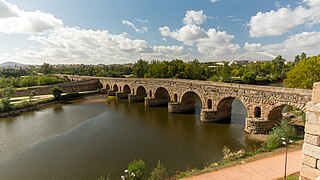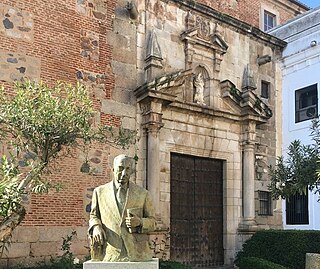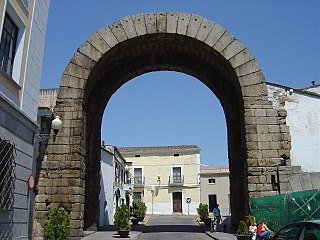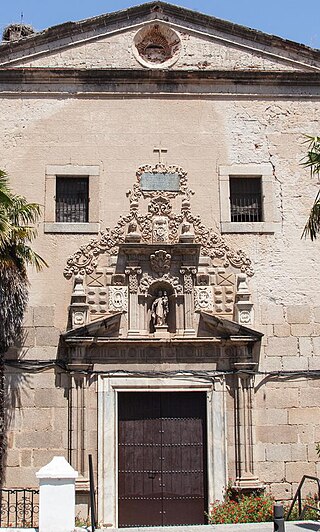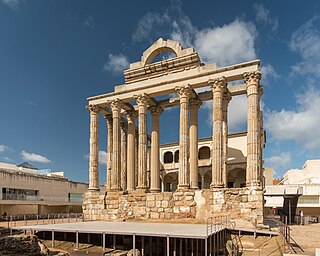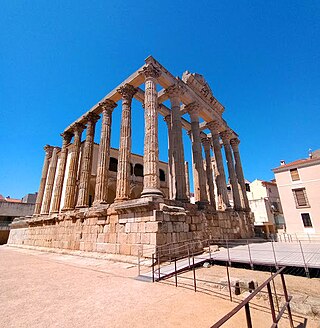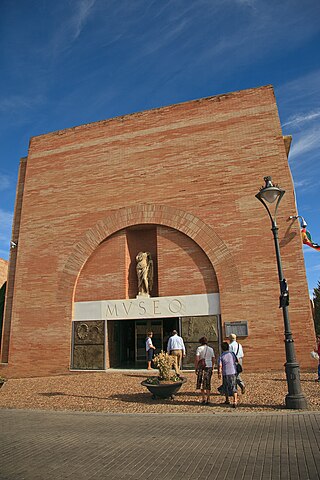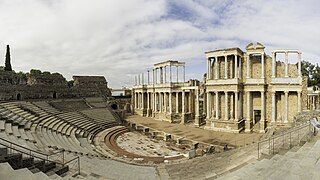Self-guided Sightseeing Tour #1 in Mérida, Spain
Legend
Guided Free Walking Tours
Book free guided walking tours in Mérida.
Guided Sightseeing Tours
Book guided sightseeing tours and activities in Mérida.
Tour Facts
3.2 km
101 m
Experience Mérida in Spain in a whole new way with our free self-guided sightseeing tour. This site not only offers you practical information and insider tips, but also a rich variety of activities and sights you shouldn't miss. Whether you love art and culture, want to explore historical sites or simply want to experience the vibrant atmosphere of a lively city - you'll find everything you need for your personal adventure here.
Activities in MéridaIndividual Sights in MéridaSight 1: Puente Romano
The Puente Romano is a Roman bridge over the Guadiana River at Mérida in southwest Spain.
Sight 2: Alcazaba de Mérida
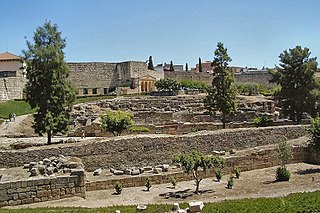
The Alcazaba of Mérida is a ninth-century Muslim fortification in Mérida, Spain. Like other historical edifices in the city, it is part of the UNESCO Heritage List.
Wikipedia: Alcazaba of Mérida (EN), Whc Website, Heritage Website
Sight 3: Concatedral de Santa María la Mayor
The Metropolitan co-cathedral of Saint Mary Major of Mérida is a Roman Catholic cathedral church in Mérida, Extremadura, western Spain. Since 1994, together with the Metropolitan Cathedral of Saint John the Baptist of Badajoz, it is the seat of the Archdiocese of Mérida-Badajoz.
Sight 4: Iglesia de Santa Clara
The church of Santa Clara is a temple that is located in the center of the city of Mérida, within the triangle formed by the Co-Cathedral of Santa María la Mayor, the City Council of Mérida and the Assembly of Extremadura. The church belonged to the old convent of Santa Clara. Currently, the church is the headquarters of the Museum of Visigothic Art of Mérida. The dependencies of the convent building, on the other hand, today house the Santa Clara Exhibition Hall.
Wikipedia: Iglesia de Santa Clara (Mérida) (ES), Heritage Website
Sight 5: Trajan Arch
The one known as Trajan's Arch of Mérida (Spain) is an access gate with a Roman monumental arch that receives this name because at the time it was thought to be a triumphal arch. The arch has traditionally been known in the city as "Trajan's", without any foundation that relates it to that emperor. Since December 13, 1912 it has been protected as an Asset of Cultural Interest and in 1993 UNESCO declared it a World Heritage Site as part of the Archaeological Complex of Mérida.
Sight 6: Iglesia de Nuestra Señora del Carmen
The church of Nuestra Señora del Carmen was born as a sanctuary annexed to the Convent of Discalced Franciscans that had been transferred in the eighteenth century from the church of Nuestra Señora de la Antigua. After the Confiscation of Mendizábal, the monastery began to house the facilities of the city's Psychiatric Hospital until it was moved to its current location. The temple, which never ceased to be used as a church, is currently a Cafrade temple where the canonical headquarters of the Brotherhood of Calvary is located.
Sight 7: Templo de Diana
The so-called Temple of Diana is a Roman temple built in the first century AD. In the city of Augusta Emerita, capital of the Roman province of Lusitania, present-day Mérida, Spain. It was built in the municipal forum of the Roman city following the usual configuration of the temples of classical antiquity and is the only Roman religious building that has survived in Mérida in an acceptable state of conservation. It was actually dedicated to the imperial cult, not to the goddess Diana, and must have been one of the main temples of the city, judging by its dedication and the preeminent place it occupied in the urban space. Since 1993 it has been declared a World Heritage Site as part of the Archaeological Complex of Mérida.
Sight 8: Foro Romano
The Roman Forum is an archaeological area in Mérida, Spain. It was the main public area of the Roman city of Emerita Augusta, founded in 25 BC by Emperor Augustus. The city had another forum, the Provincial Forum, built in 50 AD. Together with the other archaeological sites of the city, it was inscribed in the UNESCO World Heritage List in 1993.
Sight 9: Museo Nacional de Arte Romano
The National Museum of Roman Art is an archaeology museum in Mérida, Spain. Devoted to Roman art, it exhibits extensive material from the archaeological ensemble of Mérida, one of the largest and most extensive archaeological sites in Spain, registered as UNESCO World Heritage Site in 1993. It is one of the National Museums of Spain and it is attached to the Ministry of Culture.
Wikipedia: National Museum of Roman Art (EN), Heritage Website
Sight 10: Conjunto Arqueológico de Mérida
The archaeological site of Mérida, the Roman Augusta Emerita founded as a Roman colony in 25 BC. By order of Emperor Octavius Augustus, it is one of the main and most extensive archaeological sites in Spain. It was declared a World Heritage Site in 1993 by UNESCO.
Wikipedia: Conjunto arqueológico de Mérida (ES), Heritage Website
Sight 11: Basílica de Santa Eulalia
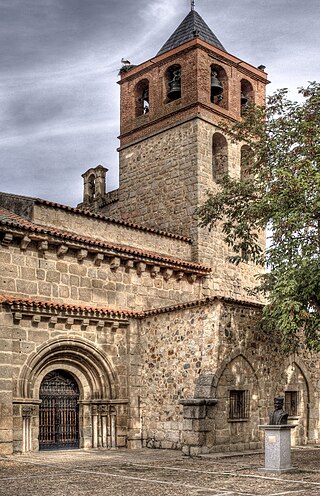
The Martyrdom Basilica of Santa Eulalia de Mérida is a religious building located in the city of Mérida (Spain). It is considered a very important nucleus of the birth of Christianity in the Iberian Peninsula.
Wikipedia: Basílica de Santa Eulalia (Mérida) (ES), Heritage Website
Share
How likely are you to recommend us?
Disclaimer Please be aware of your surroundings and do not enter private property. We are not liable for any damages that occur during the tours.
GPX-Download For navigation apps and GPS devices you can download the tour as a GPX file.
